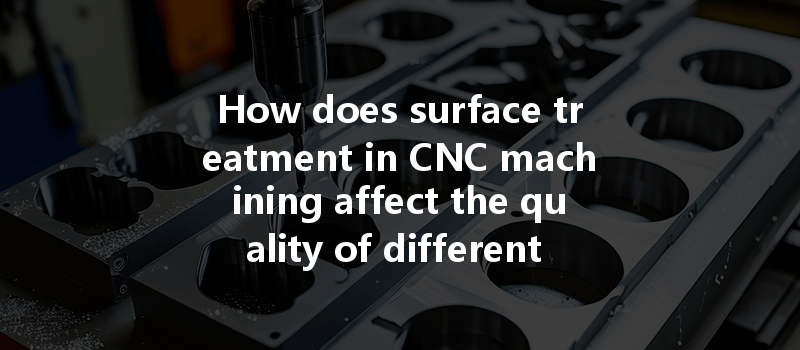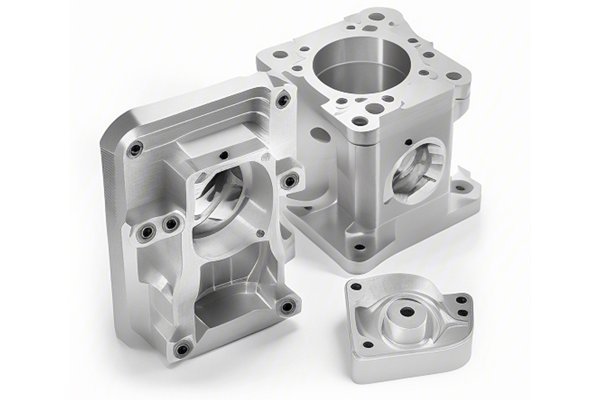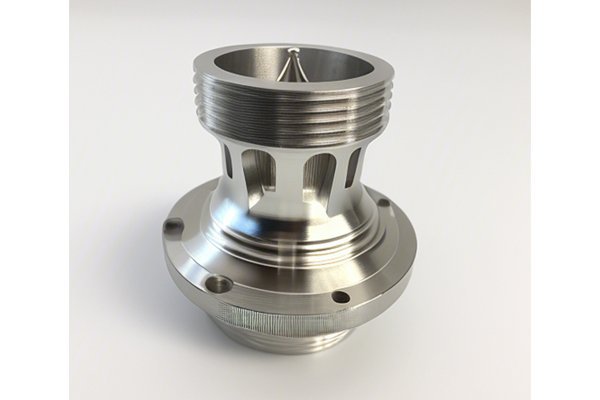In the field of CNC machining, surface treatment is a critical aspect that plays a pivotal role in determining the overall quality, performance, and lifespan of machined parts. Companies like YL Machining specialize in various CNC processes and understand the significance of surface treatments such as anodizing, electroplating, and chemical coatings. Each type of treatment can enhance specific properties of different materials, leading to improved durability, appearance, and functionality. This blog dives deep into understanding how surface treatments influence the quality of materials processed through CNC machining, aiming to provide valuable insights for industry professionals and enthusiasts alike.
The Importance of Surface Treatment in CNC Machining
One of the primary purposes of surface treatment is to enhance the corrosion resistance of machined parts. When exposed to the elements, metals such as aluminum and steel are susceptible to oxidation and rust, which can weaken their structural integrity over time.
Studies have shown that surface-treated components exhibit significantly longer service life compared to untreated parts. For instance, anodized aluminum components can have a corrosion resistance that is 10 to 100 times greater, depending on the environment and exposure conditions.
CNC machined parts are often subjected to mechanical stresses and abrasive environments. Surface treatments can significantly enhance wear resistance, increasing the component’s durability.
The benefits of wear-resistant coatings are especially relevant in industries such as aerospace and automotive, where components face extreme conditions. According to research published in the Journal of Materials Processing Technology, parts that undergo such treatments can outperform untreated components in terms of wear resistance by up to 50%.
Besides functional benefits, surface treatments can also enhance the visual appeal of CNC machined parts.

A well-treated surface can garner positive visual impressions, thus contributing to the marketability of products, especially in consumer-oriented industries.
Surface treatment can significantly improve the adhesion of subsequent coatings or finishes, making it vital for multi-process manufacturing scenarios.
Surface treatments can alter the mechanical properties of materials in various ways.
With increasing interest in thermally managed systems, the thermal properties of treated surfaces have become very important.
Numerous studies have investigated these interactions, suggesting that surface treatments not only play a role in performance but also in managing thermal dynamics within the component.
The role of surface treatment in CNC machining is multifaceted, impacting corrosion resistance, wear resistance, aesthetics, adhesion, mechanical properties, and thermal management. Understanding the specific effects of different surface treatments can guide engineers and designers in selecting the appropriate processes for their applications. YL Machining is committed to leveraging state-of-the-art surface treatment technologies to enhance the quality of its CNC machined parts. With the proper surface treatment, manufacturers can significantly boost the performance and longevity of their products, resulting in greater customer satisfaction and return on investment.
The considerations outlined in this article equip professionals in the CNC machining industry with a more profound understanding of how surface treatment can make a substantial difference in material quality. These insights will undoubtedly enable smarter decision-making and promote higher quality outputs in machining projects across various industries.






